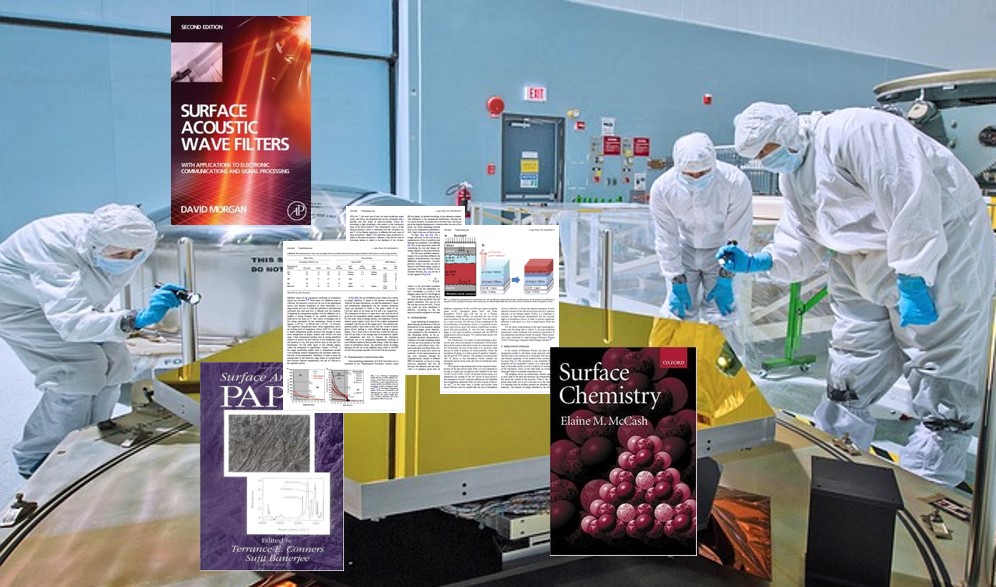Reliability
Scientific community has a long established custom of publishing the results of new research. Books and journals form the foundation for the scientific publishing. A scientific publication has a formal structure, a reliable publisher and most of all, a high-quality content: describing, confirming and validating the topic.

A quick check list for the recognition of a scientific publication:

Peer-review = experts of the field have evaluated the paper before publishing permission
Author: position, grade
Publisher: scientific/commercial/ideological, noted, reputation
Affiliation: background organisation of the author
Click the picture to see the video by Dan Reade (2 min 56 sec):

Articles presenting new information on a research (“original article”, “research paper”) are important and respected sources of information. Remember that there can be also other kind of articles available. Watch the video about review articles from Western University – Allyn & Betty Taylor Library. (2:12):

Predators are disturbers of open access field
The easiness of publishing and spreading information in the Internet causes also some unwanted side effects. The so called predatory journals imitate the real ones, but they don’t have a proper peer-review process or even editors. They just collect money for the articles that are not printable in real scientific journals.
Characteristics to predator journals:
- they tell that all articles are peer-reviewed, but still the articles can be published within just couple of weeks
- they might tell, that the articles are indexed in scientific databases like Scopus, but the are not
- the articles or the journals are truly indexed in certain databases, but these are not scientific information databases
- the information given about the journal publisher is false or otherwise contradictory (for instance the journal is called European journal of …., but the publisher is not located in Europe)
- the journal appears at the Cabells Predatory Reports
Features of truly scientific journals:
- journal has an impact factor -indicator
- journal is listed in Finnish Publication forum
- journal has an established publisher, like Springer or Elsevier, or well-known scientific society or association
One good indicator for a truly scientific journal is, that it is indexed on recognised databases. Watch a video by University of Manitoba Libraries, how to recognize a predatory journal (2:14) :

To Do:
- Use databases like Scopus or Web of Science for information retrieval to avoid predators.
- If you use Google Scholar or other search engine for information retrieval, check the reliability of results.
Next page: Locating the paper